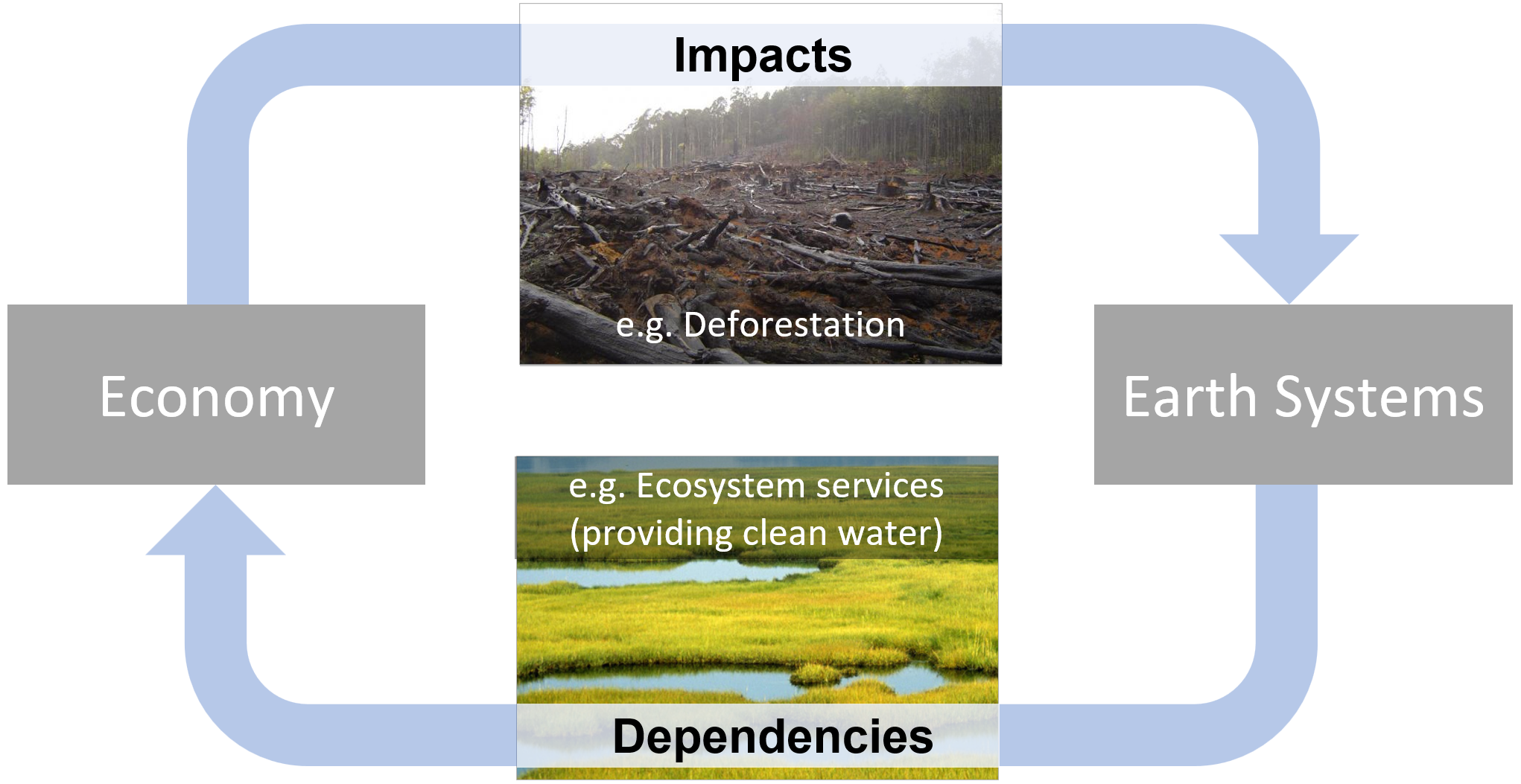GTAP-InVEST Home
GTAP-InVEST is an Earth-Economy model that calculates how economic activity affects the environment, and vice versa, on global to local scales. GTAP-InVEST can assess:
What “Nature Smart” policies are good for both the economy and the environment?
What impacts and dependencies link the environment and the economy?
What happens to the economy when ecosystems become degraded?
How can we produce enough food while not undermining our critical natural capital?
Where is land-use change (e.g., deforestation) most likely to happen and what drives this?
How does climate change affect natural capital and the value it provides (via ecosystem services).
The figure below illustrates how GTAP-InVEST connects economic models with environmental models.

Alternatively, see a recent presentation I gave at the Chilean Central Bank’s Annual Conference below or this Youtube playlist: Earth-Economy Modeling Playlist.
On a more technical level, GTAP-InVEST is a global, earth-economy model that integrates a computable general equilibrium (CGE) model from the Global Trade Analysis Project (GTAP), a land-use change (LUC) model, and a ecosystem services model, InVEST (Integrated Valuation of Ecosystem Services and Tradeoffs), provided by the Natural Capital Project. It has most recently been documented in The Proceedings of the National Academy of Sciences in Johnson et al. (2023), https://www.pnas.org/doi/10.1073/pnas.2220401120. This page is the GTAP-InVEST project site, which describes the model in general terms. See also the GTAP-InVEST User Guide or the download page of results from the PNAS article. Additionally, we are hosting a live, visualization tool at https://mygeohub.org/tools/gtapinvest.
GTAP-InVEST is open-source and can be accessed at github.com/jandrewjohnson/gtap_invest. However, this version of GTAP-InVEST relies on two proprietary elements: one must have a GTAP database license for version 10+ and one must have a GEMPACK license to access the CGE solver we used. See https://www.gtap.agecon.purdue.edu/ for access to these resources.
GTAP-InVEST originated from several academic papers, including:
“The Economic Case for Nature” (Johnson et al. 2021)
“Projected landscape-scale repercussions of global action for climate and biodiversity protection” (von Jeetze et al. 2023, Nature Communications, https://www.nature.com/articles/s41467-023-38043-1)
“Closing yield gap is crucial to avoid potential surge in global carbon emissions” (Suh et al. 2020, Global Environmental Change, https://doi.org/10.1016/j.gloenvcha.2020.102100)
“Global Future: Assessing The Global Economic Impacts of Environmental Change to Support Policy-Making” (Roxburg et al. 2020, World Wildlife Fund, https://www.gtap.agecon.purdue.edu/resources/res_display.asp?RecordID=5987).
The GTAP-InVEST model is written in Python, C, R, and GEMPACK. Running the model requires a considerable amount of technical skill and involves multiple different programming languages and paradigms. Future versions of GTAP-InVEST will aim to simplify this software complexity, but for now, because this is the first “hard-linked” version of a global ecosystem service and general equilibrium model, there still exist many suboptimal design choices that were necessary in “gluing together” all of these models. Python is used as the main glue of the model while each of the preexisting models are coded in their default language. This section describes how to get the combined model software running.
The three building blocks of the model, documented in more detail below in the User Guide, are:
- The GTAP-AEZ (Agroecological Zones) model, which calculates equilibrium prices, quantities, GDP, trade and many other economic variables, and most notably for this exercise, endogenously calculates how land is used in different sectors and how natural land is brought into economic use through agricultural, pasture and managed forest expansion.
- The Spatial Economic Allocation Landscape Simulator (SEALS) model, which downscales regional estimates of land-use change from GTAP-AEZ to a high enough resolution (300m) to run ecosystem service models.
- InVEST, which takes the downscaled land-use, land-cover maps from SEALS to calculate changes in ecosystem service provision. These ecosystem service changes are then further expressed as shocks to the economy and used as inputs into a second run of GTAP-AEZ, which calculates how losses of ecosystem services affect economic performance.

For the most up-to-date documentation, please see the dynamically-updated User Guide. If you would like to analyze the raw results of the PNAS paper, please see full results from PNAS paper.